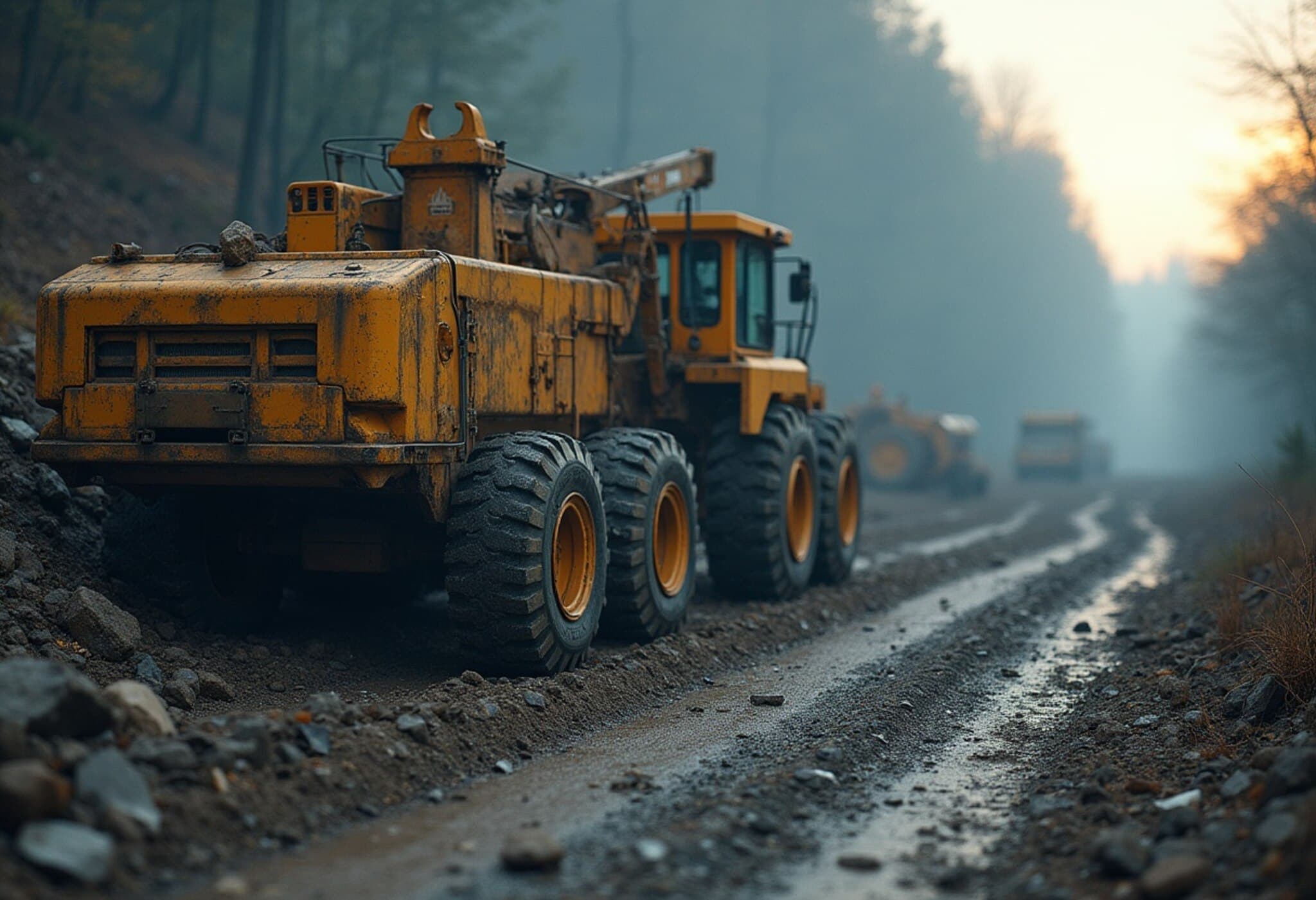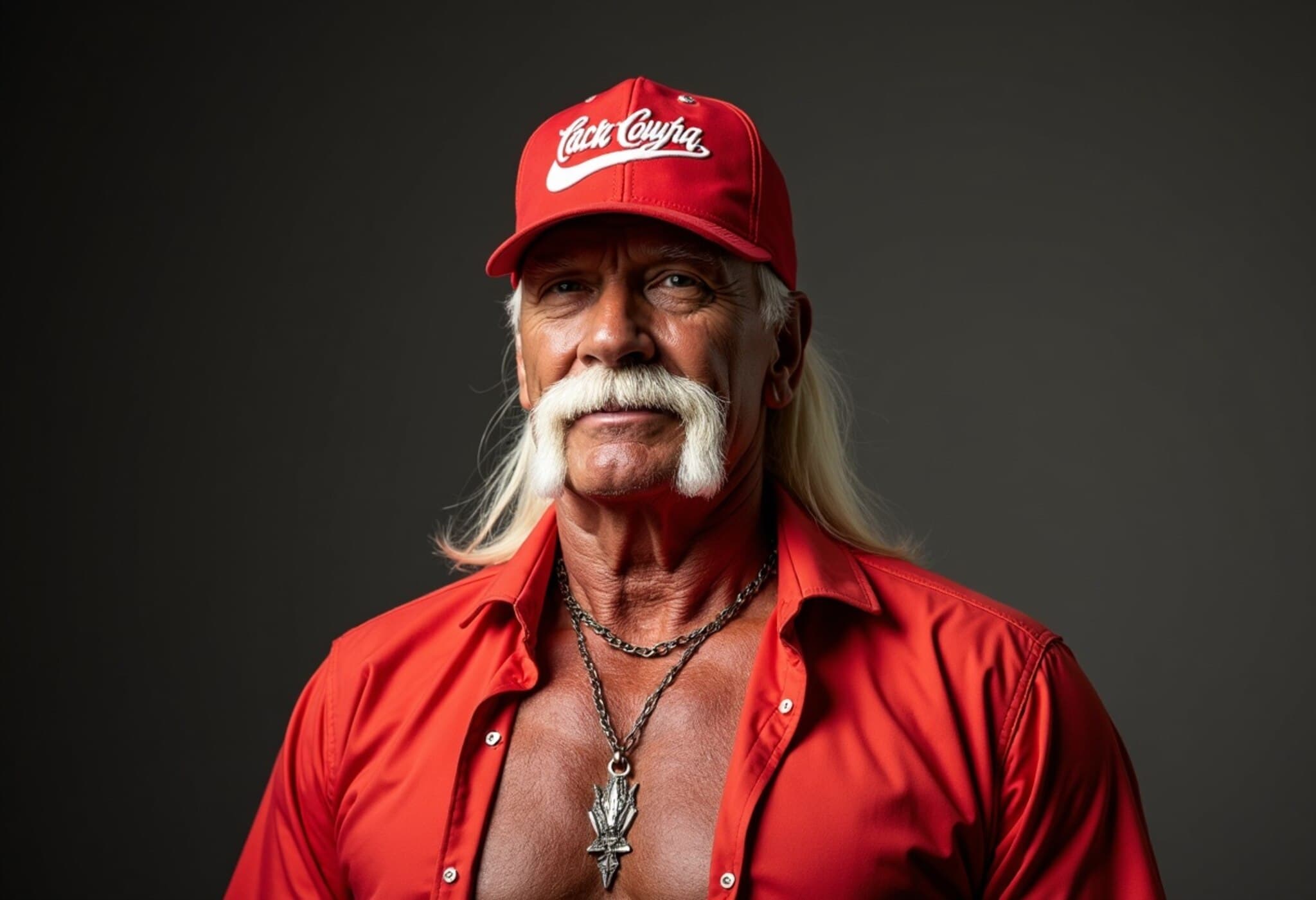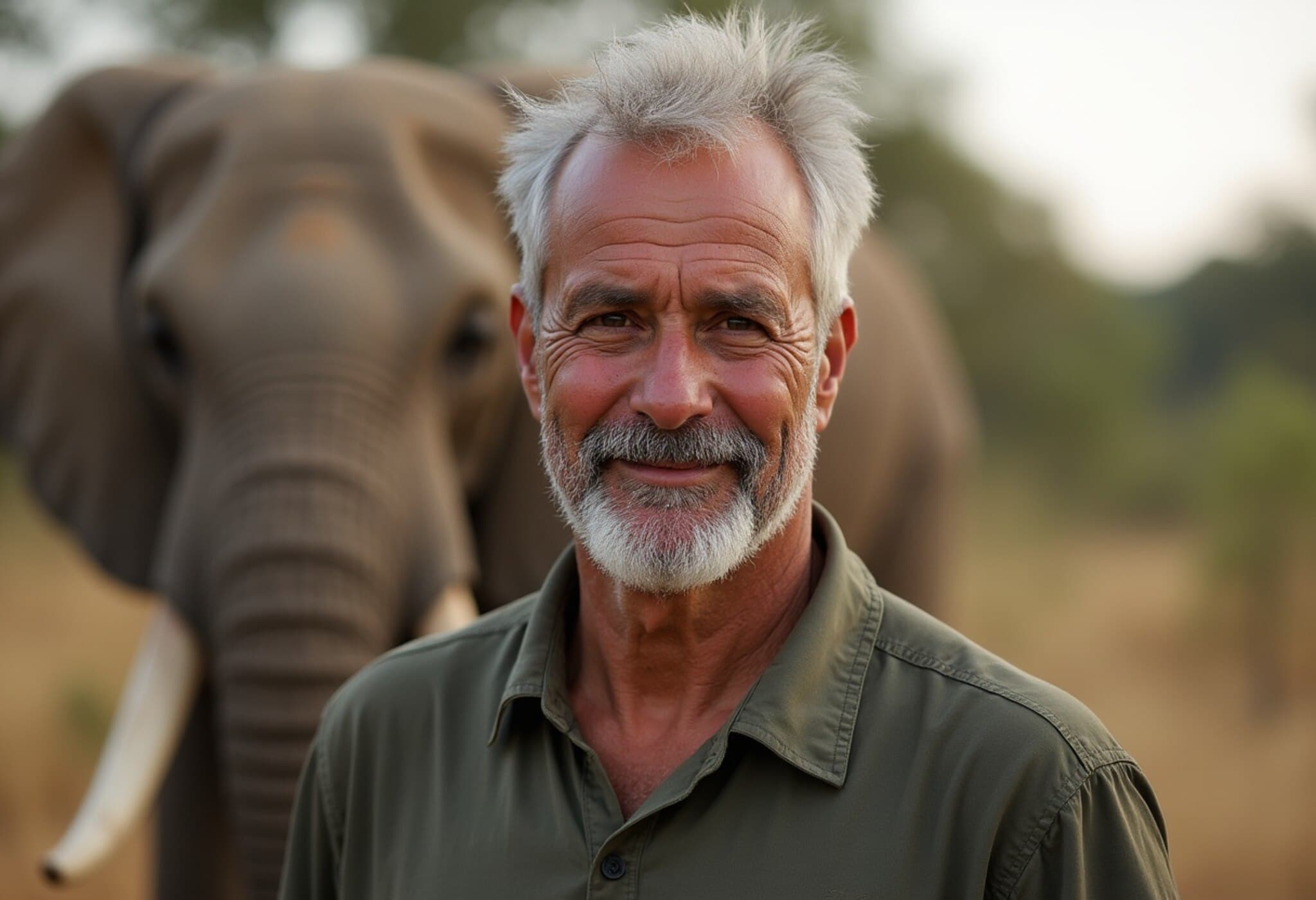Microsoft Ventures Into Underground Carbon Storage Using Human Waste
In a bold move to combat its rising carbon footprint fueled by power-hungry AI systems, Microsoft has agreed to purchase 4.9 million metric tons of organic human waste through a 12-year contract with startup Vaulted Deep. Valued at approximately $1.7 billion, this purchase marks one of the largest and most unconventional carbon removal efforts in the tech industry.
Why Human Waste?
While carbon capture efforts often focus on innovative technologies, Microsoft’s latest strategy targets an often-overlooked and 'dirty' source: sludgy biosolids, including manure, sewage sludge, and paper mill byproducts. Rather than recycling or repurposing this waste, Vaulted Deep will inject it deep underground—more than 5,000 feet below the surface—halting the decomposition process and permanently trapping methane and CO₂ emissions that would otherwise pollute the atmosphere.
How Vaulted Deep’s Technology Works
Vaulted Deep, launched in 2023, harnesses a method rooted in conventional oilfield techniques used for waste disposal. This technology essentially creates a geological vault, sequestering contaminated bioslurry waste where it can no longer release harmful greenhouse gases or toxins into the environment. Daniel Sanchez, an expert in biomass systems from UC Berkeley, describes this as “as simple as one can get” in terms of permanent carbon removal.
- Environmental Benefits: Prevents methane and CO₂ release, reduces soil and water contamination.
- Cost-Effective Approach: Uses proven drilling technology, avoiding the high costs and risks of newer direct air capture alternatives.
- Scalability: Vaulted Deep currently processes 20% of Los Angeles biosolids and recently expanded operations to Kansas, projected to offset 50,000 tons of carbon annually.
Microsoft’s Broader Carbon Removal Strategy
Microsoft’s increasing carbon emissions—totaling 75.5 million tons of CO₂ between 2020 and 2024—have pushed the company to double down on ambitious sustainability goals. Its aim is to become carbon negative by 2030 and to remove more carbon than it emits by 2050. Vaulted Deep forms a critical part of a diversified portfolio that includes projects like reforestation in Panama and carbon capture of waste incineration emissions in Norway.
Brian Marrs, Microsoft’s senior director of energy and carbon removal, emphasizes the dual impact: “Vaulted Deep is a waste-management company that’s become a carbon dioxide removal company.”
The Untold Story Behind Vaulted Deep
The startup’s founders, Julia Reichelstein and Omar Abou-Sayed, stumbled onto their opportunity somewhat by accident. Omar’s father pioneered the underground injection tech for disposing oilfield waste, which Omar later commercialized for bioslurry management through a company called Advantek. Realizing the carbon capture potential of this work—not previously recognized—he and Julia launched Vaulted Deep to scale the carbon removal aspect.
Implications for American Environmental Policy
Vaulted Deep’s approach highlights how the U.S. can leverage existing infrastructure for climate solutions, especially in regions where biogas conversion and energy reuse facilities are scarce. North America’s widespread waste generation paired with this cost-effective injection method offers a practical route to lowering national greenhouse emissions. It also raises critical questions for policymakers regarding regulatory oversight, underground storage safety, and integration with municipal waste management.
Challenges and Future Outlook
- Cost Efficiency: Currently around $150 per ton, further reductions hinge on facility co-location and regulatory support.
- Public Perception: The notion of burying human waste can be controversial, requiring transparent communication to build trust.
- Environmental Risks: Long-term monitoring is essential to prevent leakage or unintended ecological impacts.
Despite these challenges, Microsoft’s investment signals growing corporate confidence in diversified carbon removal techniques beyond the usual tech-heavy approaches.
Editor’s Note
Microsoft’s $1.7 billion agreement with Vaulted Deep plunges into one of the most unorthodox yet promising frontiers of carbon removal: underground sequestration of human waste. This initiative not only addresses emissions from decomposition but also curbs harmful soil and water pollution, blending climate action with waste management. As corporations and governments search for scalable climate solutions, leveraging established technologies like deep underground injection may unlock new pathways to meet aggressive emissions targets. However, the project also prompts us to confront questions about safety, transparency, and the role of unconventional methods in comprehensive climate strategies.
Will deep geological storage gain widespread acceptance? Can policy adapt quickly to oversee these novel practices? This evolving story challenges us to rethink waste—not as mere refuse, but as a resource in the fight against climate change.



















